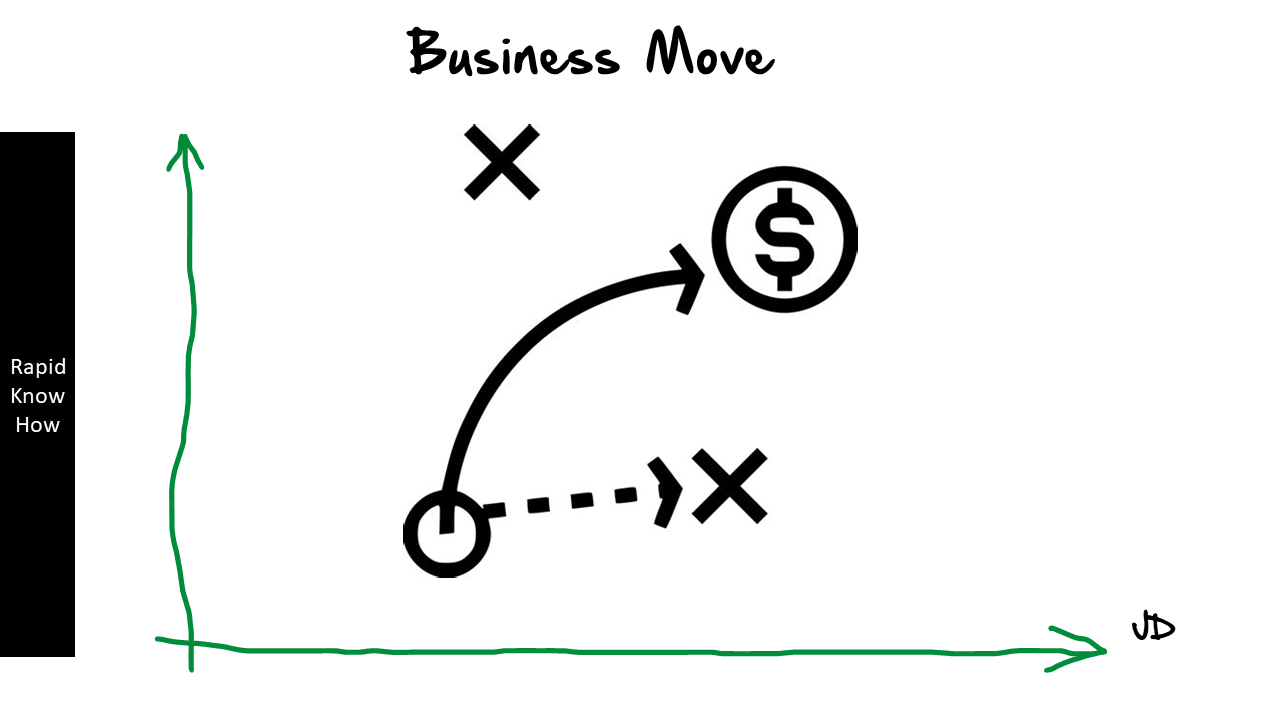RapidKnowHow System : Integrating Energy Sources : Demonstrating the integration of solar panels, wind turbines, or other renewable energy technologies into the industrial gas company’s energy portfolio.
Scenario: Integrating Renewable Energy Sources in an Industrial Gas Company’s Energy Portfolio
Objective: To evaluate the feasibility and impact of integrating renewable energy sources, including solar panels and wind turbines, into the energy portfolio of an industrial gas company. This integration aims to enhance sustainability, reduce operational costs, and comply with regulatory standards.
1. Current Energy Usage and Costs
- Baseline Data Collection:
- Annual energy consumption (in kWh) of the facility.
- Current energy sources (natural gas, electricity from the grid, etc.) and their associated costs.
- Historical energy consumption trends to identify peak usage times.
- Energy Cost Analysis:
- Average cost per kWh from current suppliers.
- Potential fluctuations in future energy prices based on market trends.
2. Renewable Energy Options
- Solar Panels:
- Energy Output Estimation:
- Analyze the available rooftop or ground space for solar panel installation.
- Calculate the potential energy output based on local solar irradiance (using tools like PVWatts).
- Cost Analysis:
- Initial installation costs, incentives (tax credits, rebates), and ongoing maintenance costs.
- Provide a payback period based on energy savings and incentives.
- Wind Turbines:
- Energy Output Estimation:
- Identify suitable locations for wind turbine installation (on-site or close proximity).
- Assess average wind speeds and calculate potential energy generation using data from local weather stations.
- Cost Analysis:
- Installation, maintenance, and operational costs, along with any state or federal incentives.
- Other Renewable Technologies:
- Evaluate the possibility of integrating bioenergy systems (e.g., anaerobic digesters) if applicable.
- Consider energy storage solutions (e.g., batteries) to store excess energy generated from renewables for use during peak times.
3. Integrated Energy Model
- Simulation of Energy Integration:
- Develop an energy simulation model that incorporates both existing energy sources and the proposed renewable technologies.
- Use software tools (like HOMER or RETScreen) to simulate different scenarios and understand how renewables can complement existing energy to meet demand.
- Scenario Analysis:
- Pure Solar Integration: Analyze costs, savings, and emissions when fully replacing specific portions of grid electricity with solar.
- Pure Wind Integration: Explore a scenario where a portion of energy demand is met through wind energy.
- Hybrid Model: Simulate a mixed approach using both solar and wind, assessing reliability and efficiency.
4. Impact Assessment
- Energy Savings:
- Calculate potential energy savings from the renewable integration in both kWh and financial terms using the current cost of energy.
- Cost Benefits:
- Determine the reduction in energy costs and identify long-term savings that can be redirected toward operational improvements or expansion.
- Environmental Impact:
- Assess the greenhouse gas emissions reductions achieved through the integration of renewable energy sources.
- Calculate the carbon offset based on local emissions factors.
5. Regulatory and Incentive Considerations
- Understanding Local Regulations:
- Assess the regulatory environment regarding renewable energy investments, grid interconnection policies, and potential requirements for energy credits or renewable portfolio standards.
- Incentives:
- Identify available financial incentives, rebates, or tax credits that can aid in the investment in renewable technologies.
6. Stakeholder Engagement and Reporting
- Internal Presentation:
- Develop a comprehensive report and presentation for stakeholders summarizing findings, potential impacts, and recommended actions based on the simulations.
- Highlight financial models, projected savings, environmental benefits, and alignment with corporate sustainability goals.
- Community and Employee Engagement:
- Promote transparency and engage employees and the local community in the renewable energy transition, possibly through informational sessions or community programs.
Conclusion
Integrating renewable energy sources such as solar panels and wind turbines into the industrial gas company’s energy portfolio can provide substantial financial and environmental benefits.
By thoroughly analyzing current energy usage, evaluating potential renewable options, and simulating various integration scenarios, the company can make informed decisions that align with their operational strategy and sustainability goals. This proactive approach not only reduces energy costs but also positions the company as a leader in sustainability within the industry.
Modelling the RapidKnowHow ( IES) Integrated Energy System for the Industrial Gas Sector
Here’s how you can proceed with both an Excel model for evaluating renewable energy integration and a PowerPoint presentation for showcasing your findings.
Step 1: Creating the Excel Model
1. Set Up the Workbook:
- Open Excel and create a new workbook.
- Name the sheets as follows: “Energy Data,” “Solar Analysis,” “Wind Analysis,” “Financial Analysis,” “Results.”
2. Energy Data Sheet: In this sheet, input baseline data:
- Energy Consumption (kWh)
- Energy Costs ($/kWh)
- Total Annual Energy Cost
| Item | Value | |—————————|———-| | Annual Energy Consumption |1,000,000 | | Cost per kWh | $0.10 | | Total Annual Energy Cost | $100,000|
3. Solar Analysis Sheet: Include renewable energy outputs and costs:
- Rooftop space available (sq ft)
- Solar panel efficiency (%)
- Average sunlight hours (hrs/day)
- Installation cost ($/kW)
- Expected energy output (kWh/year)
| Parameter | Value | |——————————-|—————| | Rooftop Space (sq ft) | 5,000 | | Solar Panel Efficiency (%) |18% | | Average Sunlight Hours (hrs) |5 | | Installation Cost ($/kW) | $1,000 | | Total kW Installed | =Rooftop Space / 100 (assuming100 sq ft per kW) | | Expected Output (kWh/year) | =(Total kW Installed * 1000 * Average Sunlight Hours * 365) |
4. Wind Analysis Sheet: Similar format as solar analysis:
- Wind turbine capacity (kW)
- Capacity factor (%)
- Number of turbines
- Installation cost ($/kW)
| Parameter | Value | |—————————|———–| | Turbine Capacity (kW) | 50 (example) | | Number of Turbines |2 | | Capacity Factor (%) | 30% | | Installation Cost ($/kW) | $1,200 | | Expected Output (kWh/year)| =(Turbine Capacity * Number of Turbines * 365 *24 * Capacity Factor) |
5. Financial Analysis Sheet: Calculate financial metrics:
- Total investment (solar + wind)
- Annual savings
- Payback period
| Calculation | Result | |———————————–|—————| | Total Investment | =SUM(Solar Installation Cost + Wind Installation Cost) | | Annual Savings | =Total Annual Energy Cost – (Electricity Costs – (Expected Solar + Wind Output * Cost per kWh)) | | Payback Period (years) | =Total Investment / Annual Savings |
6. Results Sheet: Summarize results using formulas and graphs. Include charts to visualize the cost savings and emissions reductions.
Step2: Creating the PowerPoint Presentation
1. Title Slide:
- Include the presentation title, your name, and the date.
2. Introduction Slide:
- Briefly describe the objective of integrating renewable energy.
3. Current Energy Usage Slide:
- Summarize the baseline energy usage and costs using visuals (graphs from the Excel sheet).
4. Renewable Energy Analysis Slides:
- Create separate slides for solar analysis and wind analysis:
- Include key metrics, potential outputs, costs, and any graphs.
5. Financial Analysis Slide:
- Present the financial metrics, including potential savings and payback periods.
- Use bullet points and charts for clarity.
6. Impact Assessment Slide:
- Include environmental impact assessment, savings data, and any regulatory considerations.
7. Recommendations Slide:
- Summarize your findings and outline the next steps for implementing renewable energy sources.
8. Conclusion Slide:
- Reiterate the benefits of integrating renewable energy.
9. Q&A Slide:
- Open the floor for any questions from the audience.
Tips for Both Excel and PowerPoint
- Make Use of Charts and Graphs: For clearer visual representation of data in Excel and PowerPoint.
- Be Concise: Stick to key points; avoid overcrowded slides.
- Use Visuals: Use images, icons, or symbols to make the presentation engaging.
- Practice Your Presentation: Familiarize yourself with the content and flow before presenting.
By following these guidelines, you can create a robust Excel model and an engaging PowerPoint presentation to showcase the integration of renewable energy in an industrial gas company’s portfolio. If you need further assistance with the content of specific slides or calculations, feel free to ask!





